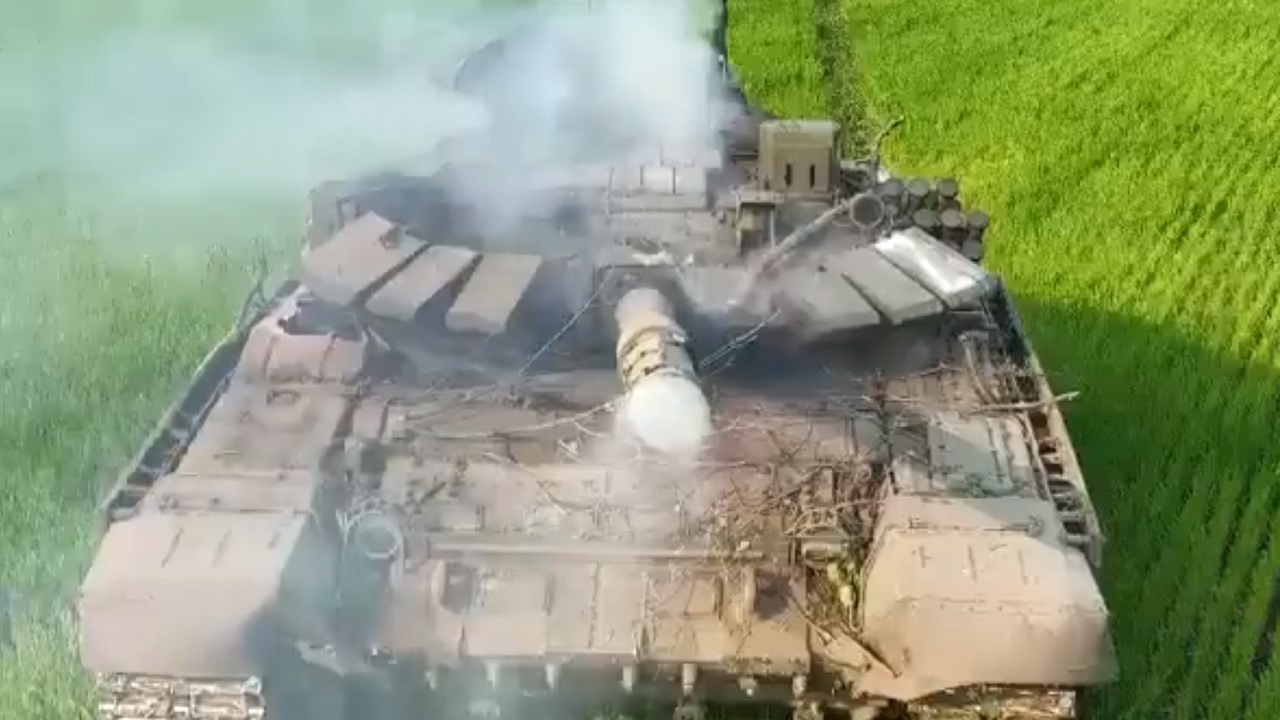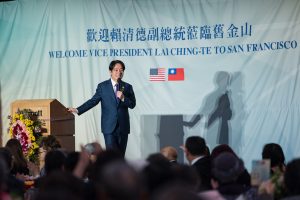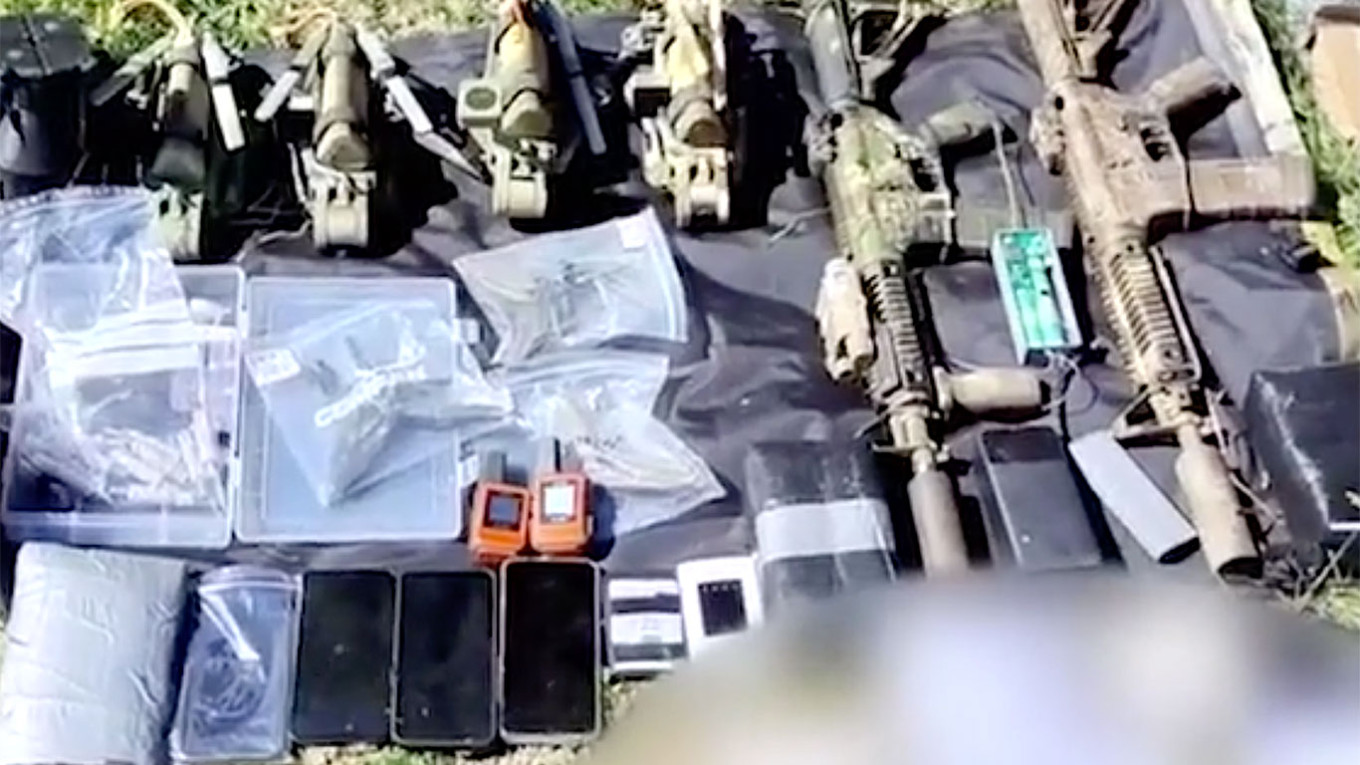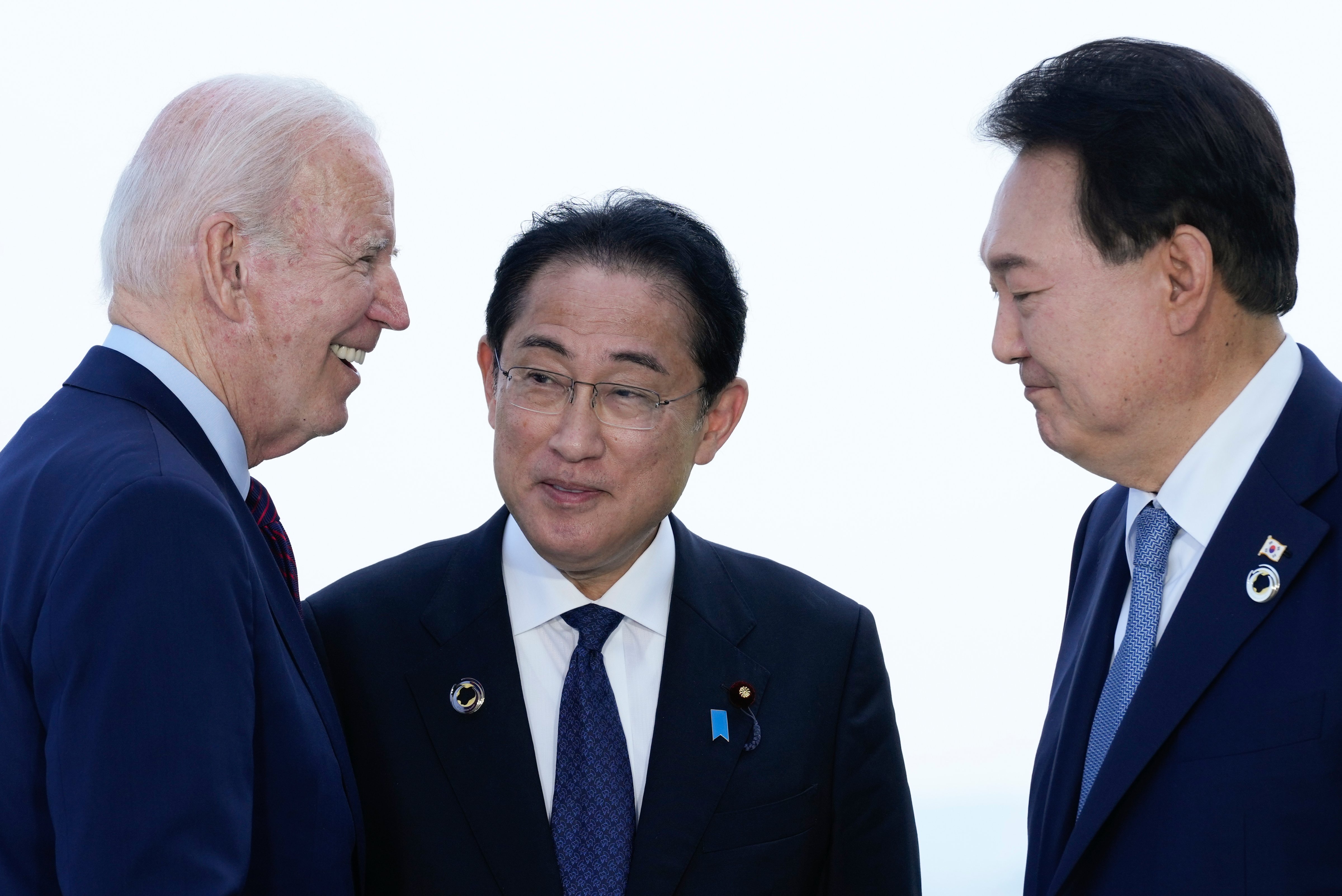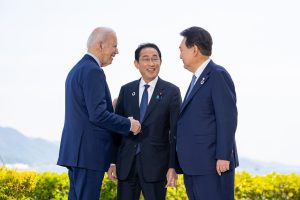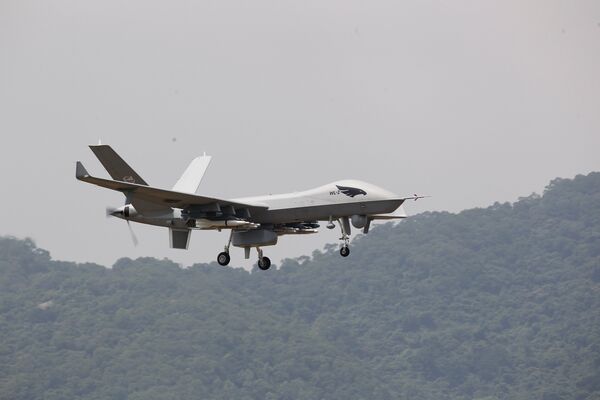Vaishali Basu Sharma

Earlier this month a ransomware attack on America’s Prospect Medical Holdings, which operates dozens of hospitals and hundreds of clinics and outpatient centres across the states of Connecticut, Rhode Island, Pennsylvania and Southern California was forced to shut off its centres in several locations as the healthcare system experienced software disruptions. In June India’s premier hospital, the All India Institute of Medical Sciences (AIIMS) faced a malware attack on its systems which was thwarted by its cyber-security systems. This is not the first time that the premier hospital’s data was breached. In November 2022, AIIMS had experienced a cyberattack within weeks of announcing that from January 2023, it would operate on a completely paperless mechanism. The cyber attack which involved ransomware, designed to deny a user or organisation access to files, lasted for nearly a month affecting the profile of almost 4 crore patients – affecting registration, appointments, billing, laboratory report generation, among other operations of the hospital. Regarding the quantum of data that was compromised, the government revealed that “five servers of AIIMS were affected and approximately 1.3 terabytes of data was encrypted.”
Till June this year, Indian Government organisations faced over one lakh cyber security incidents and financial institutions saw over four lakh incidents. Data presented by the Indian Computer Emergency Response Team (CERT-In), which has the mandate of tracking and monitoring cybersecurity incidents in India, indicates rising Cyberattacks to government organisations. or systems year on year. From 70798 in 2018, to 112474 in 2023 (up to June) incidents of cyber attacks have been on the rise, on a year on year basis. Presenting this data at the Parliament, Minister for electronics and IT Ashwini Vaishnaw said, “With innovation in technology and rise in usage of the cyberspace and digital infrastructure for businesses and services, cyber-attacks pose a threat to confidentiality, integrity and availability of data and services, which may have direct or indirect impact on the organisation.”




